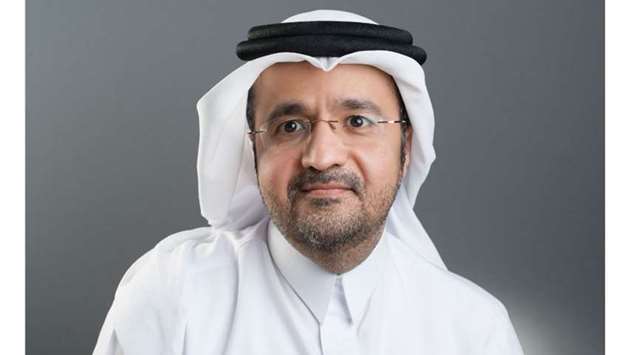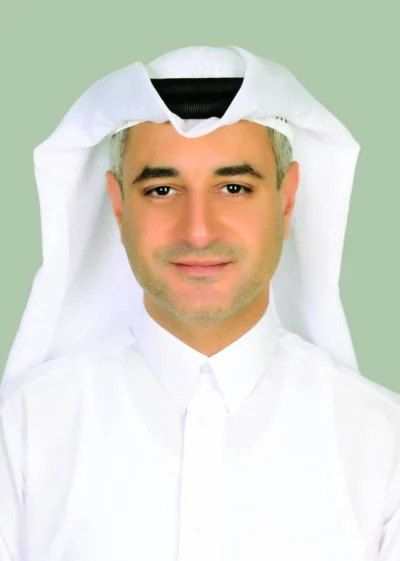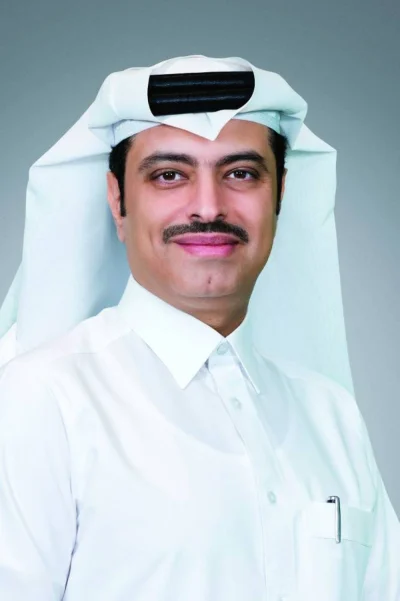With 15 incidences of near-drowning and two fatalities recorded so far this year at Hamad Medical Corporation (HMC)'s Paediatric Emergency Centres, HMC has reminded parents and caregivers about the importance of water safety.
According to the Hamad International Training Centre’s Kulluna for Health and Safety initiative, drowning is a leading cause of accidental death and serious disability in children in Qatar. Some 90% of drowning cases involve children under the age of 10, with 70% of these cases involving children under the age of four.
“So far this year, HMC’s Paediatric Emergency Centres have received approximately 15 children involved in near-drownings. Sadly, we also received two children who had succumbed to their injuries as a result of drowning. Due to their injuries, we were unable to revive them. This is sad and difficult for the affected families,” said Dr Khalid al-Ansari, medical director of Paediatric Emergency Medicine at HMC.
Dr al-Ansari says while drownings and near-drownings are normally associated with deep water and swimming in pools or the sea, global statistics indicate that children can drown in bathtubs, fish tanks, buckets, toilet bowls and at building sites. A child can drown in less than two minutes, and in as little as 5cm of liquid, underscoring the need for constant supervision around water.
Dr al-Ansari says when medical professionals are able to intervene quickly, it is possible for a child who has drowned - or has been involved in a near-drowning - to make a complete recovery. He adds that while dry and secondary drownings are rare, the conditions are extremely serious and it is important for parents and caregivers to recognise their symptoms.
Dry drowning can resemble choking. It occurs when water enters the nose or mouth and the muscles close off and spasm. It normally occurs soon after exiting the water. In contrast, secondary drowning occurs when water gets into the lungs and causes inflammation or swelling. The condition can occur up to 24 hours after a near-drowning incident, underscoring the importance of both knowing the signs and symptoms to look out for and ensuring that any child who has experienced a near drowning receives medical attention.
“When a child survives a drowning, s/he still needs to be assessed by a medical practitioner as soon as possible (no longer than one hour after the event) to assess the risk of dry or secondary drowning. The symptoms of secondary drowning can appear hours after a near-drowning experience. These submersion injuries are very serious and can be fatal,” cautioned Dr al-Ansari.
Further, he explains that the symptoms of secondary drowning can include trouble breathing, coughing, drowsiness, a drop in energy level, irritability, chest pain and vomiting. He says while rare, secondary drowning is life-threatening and it’s important for parents to know the signs and symptoms.
“It’s important for parents to learn how to recognise the signs of secondary and dry drowning so they won’t attribute the symptoms associated with these conditions, such as fatigue or a drop in their child’s energy level, to a long day of swimming, or exhaustion from a near-drowning. While these conditions are somewhat rare, they can be fatal, so it is important to
have the child examined immediately as a precautionary measure,” he adds.
He says the most important thing that parents and caregivers can do is to help prevent a drowning. He recommends watching children closely when they are in or around water, only swimming in areas that have a lifeguard, never letting children swim alone, and never leaving a baby alone near any amount of water – including in the home.



